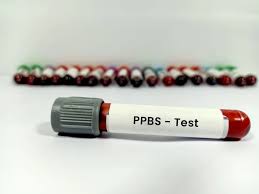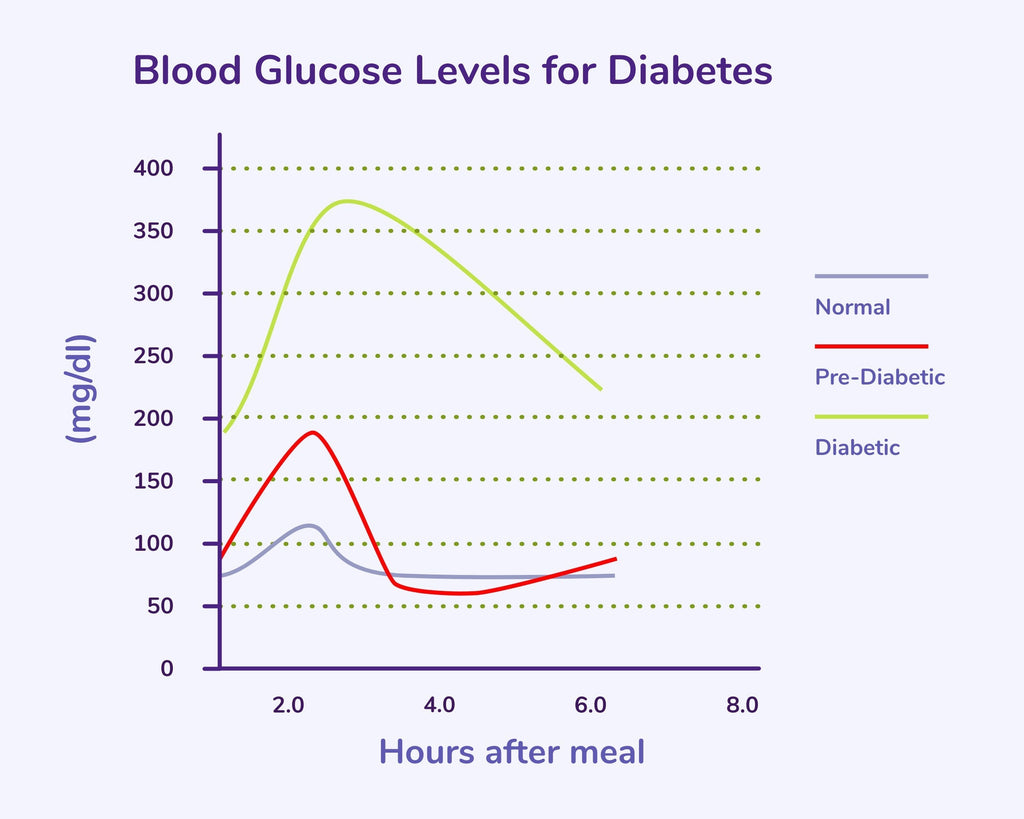
Electrocardiogram (ECG) Test: Uses, Preparation, Normal Range and Test Results
Do you know in India cardiovascular disease causes around 27% of deaths? According to statistics, around 5% of people above 60 take the ECG test. Our heart is a tireless engine powering our every move. Hence, it deserves the best care.
The heart muscles contract rhythmically and pump blood throughout the body. Tiny electrical impulses manage this rhythm. Heart diseases and abnormal heart rhythms can affect those signals.

If your heart beats too slowly or too fast, it indicates that you have chest pain. To know the actual cause of this problem, doctors recommend an ECG or electrocardiogram test. But do you know what an ECG test is?
The electrocardiogram, or an ECG, measures the electrical activity of the heart and helps to identify cardiac issues. In this test, the technician will cover your legs, arms, and chest with small adhesive and wire leads, connected to the ECG equipment. This equipment records the electrical activity of the heart muscle and displays it as a trace on the screen or paper.
The ECG test normal range should be 60 to 100 bpm. If your ECG test results are normal, the doctor will discuss these things with you. To improve the state of the heart, the doctor will suggest you with proper medications. However, the normal ECG test is different in males and females. In men, the normal ECG range should be 49 to 100 bpm, and in women, it should be 55 to 108 bpm.
What happens during the ECG test?
Already we have mentioned that an ECG is a non-invasive, painless method to assist in the diagnosis of severe common cardiac issues. It is not an outpatient procedure or a part of the hospital stay. However, the steps may vary according to the patient's health and the doctor's procedures. A typical ECG procedure is the following;
- The patients need to remove the clothing from the upper body part and put on a gown.
- Then the patient will lie on a table. In this position, the patient must remain silent and calm throughout the ECG to prevent changes to the trace.
-
The technician will attach the electrodes to the chest, arms, and legs and connect the lead cables and electrodes.

- Once the leads are connected, the technician will enter the patient's identification information into the machine's display.
- Now the ECG will start and the tracing will be completed within a short time.
- Once the tracing is finished, the technician will remove the leads and electrodes, and the patient can put on their clothes.
What is the purpose of an ECG test?
If you consider the purpose of the ECG test, there are multiple purposes. The common purposes of ECG tests include;
- To measure the accurate heart rate, whether it's fast or slow
- To measure the heartbeat rhythms, whether they are regular or irregular
- To identify conditions involved with the heart's electrical activity
-
Measure the size and position of the heart's chambers

- Measure the strength and timing of the electrical signals in the heart
- To detect heart issues like inflammation of the heart, heart attack, cardiac arrest, and abnormal heart rhythm.
- Detects cardiomyopathy, a condition where the heart muscle weakens and enlarges. This condition affects the pumping efficiency.
How to prepare for the ECG test?
Various techniques can be used to perform the electrocardiogram test. Small electrodes and sticky sensors are attached to the patient's arms, legs, and chest to perform the test. The electrodes are wired together to an ECG recording device. Before the test, the patient can eat and drink as usual. The exam requires only a few minutes.
Types of ECG Tests
Different types of ECG tests include;
Resting ECG: In this test, your doctor will ask you to lie down and you can't move, as the electrical impulses from other muscles interfere with the test. The doctor will attach electrodes to your chest, arms, and legs during the test to record the heart's electrical activity.
Exercise stress test: This type of ECG lets the doctor understand how the heart responds to physical exertion. In this ECG process, you need to walk on a treadmill. This test helps to notice if exercise triggers any abnormal heart rhythms or changes in your ECG that wouldn't be seen during a resting ECG.
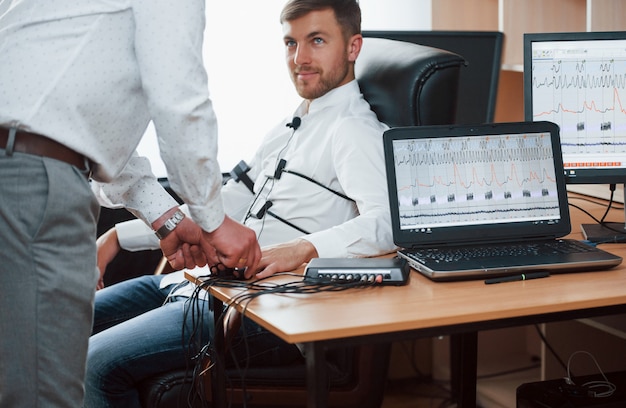
Event monitor: In this particular ECG process you need to wear a device and activate it when you experience heart palpitations or chest pain. You need to press the button on the device to record your heart rhythm. It will help your doctor determine the cause of your symptoms.
Holter monitor: In this process, you have to wear a portable ECG device for 24 to 48 hours. By wearing this device, you can even continue your daily activities. This test helps to identify intermittent heart issues that may not appear during a short resting ECG.
When does your doctor recommend an ECG test?
A doctor may recommend the ECG test if you experience the following symptoms;
- A feeling of the heart racing, fluttering, thumping, or palpitations
- Fatigue
- Chest pain
- Shortness of breath
- Fainting
- Lightheadedness
- Nausea
Normal ECG Ranges for Men and Women
According to doctors, the normal heartbeat should range between 60 and 100 bpm. The values can be lower or higher than this range, which indicates some cardiac issues. The normal ECG results vary in men and women.
- In men, the normal ECG result should range between 49 and 100 bpm, and in women, it should range from 55 to 108 bpm.
-
In men, the P wavelength should be 81 to 130 ms, and in women, the range should be 84 to 130 ms.
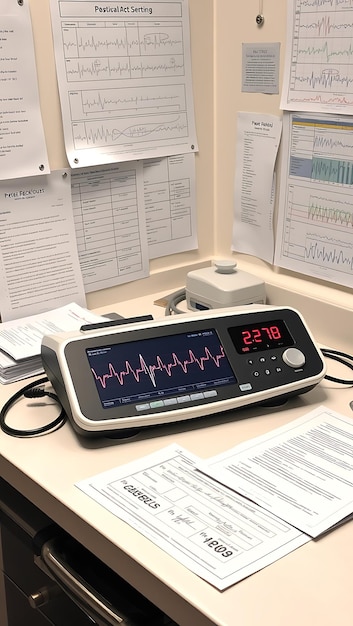
- In men, the PR interval should be 119 to 210 ms, in women, it should be 120 to 202 ms.
- The QRS duration should be 74 to 110 ms in men, and in women, it should be 78 to 88 ms.
- The QT interval should range from 324 to 441 ms in men, and it should be 314 to 438 ms in women.
- The P-wave axis should range from -29 to 85 degrees in men, and in women, it should range from -18 to 81 degrees.
What are the Benefits of the ECG Test?
Some significant benefits of the electrocardiogram test are;
- For people with certain heart diseases, ECG helps to monitor progress accurately.
- This test helps to diagnose coronary artery disease.
-
ECG tests provide improved diagnostic accuracy and reliable test results that help doctors make detailed treatment plans.

- The ECG test is time-efficient as it takes only a few minutes.
- ECG test is painless and non-invasive.
- ECG test is generally safe and has minimal risks.
- This test allows doctors to identify different heart conditions like coronary artery disease, arrhythmias, and heart attacks.
- An ECG test shows how well medications and therapies control the heart rhythm or function.
- ECG test is inexpensive, hence, it's an accessible option for many patients.
What are the risks of the ECG test?
Some potential risks associated with an electrocardiogram test are;
Limited information: While an electrocardiogram provides valuable information about the heart's electrical activity, it may not offer an accurate picture of the cardiac function. You may need additional tests for comprehensive assessment.
False positives or negatives: An electrocardiogram may yield false positives or negatives that lead to misinterpretation of results. It can happen due to various factors like technical issues, or patient movement.
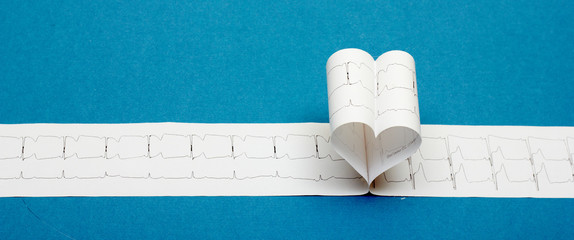
Overutilization: In some cases, there may be risks of overutilization of EKGs that lead to unnecessary testing, healthcare costs, and potential anxiety possibilities.
Dependency on timing: Electrocardiograms capture the heart's electrical activity at a specific point in time. They may not detect transient or intermittent abnormalities that do not coincide with the test period.
Conclusion
ECG testing is a vital diagnostic tool that helps to identify and treat cardiac diseases. It takes only a few minutes to complete. It is painless and non-invasive as well. Here, we have mentioned all the required information regarding an electrocardiogram. If you face any severe heart disease, consult your doctor ASAP for better advice.
What is a normal ECG value?
The normal ECG value is 60 to 100 beats per minute.
What is a good ECG result?
A good ECG result is 60 to 100 bpm.
How do I read my ECG results?
In an electrocardiogram result, you should check for various parameters like P Wave, QRS complex, ST segment, T wave, QT interval, rhythm, and heart rate.
Is an ECG test safe?
An electrocardiogram is generally safe and has minimal risk.
* * Medical Disclaimer - The following information is for educational purposes only. No information provided on this website, including text, graphic, and images, are intended as substitutes for professional medical advice. Please consult with your doctor about specific medical advice pertaining to your condition(s).

